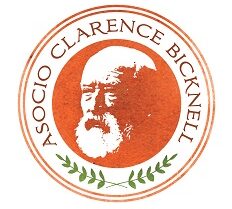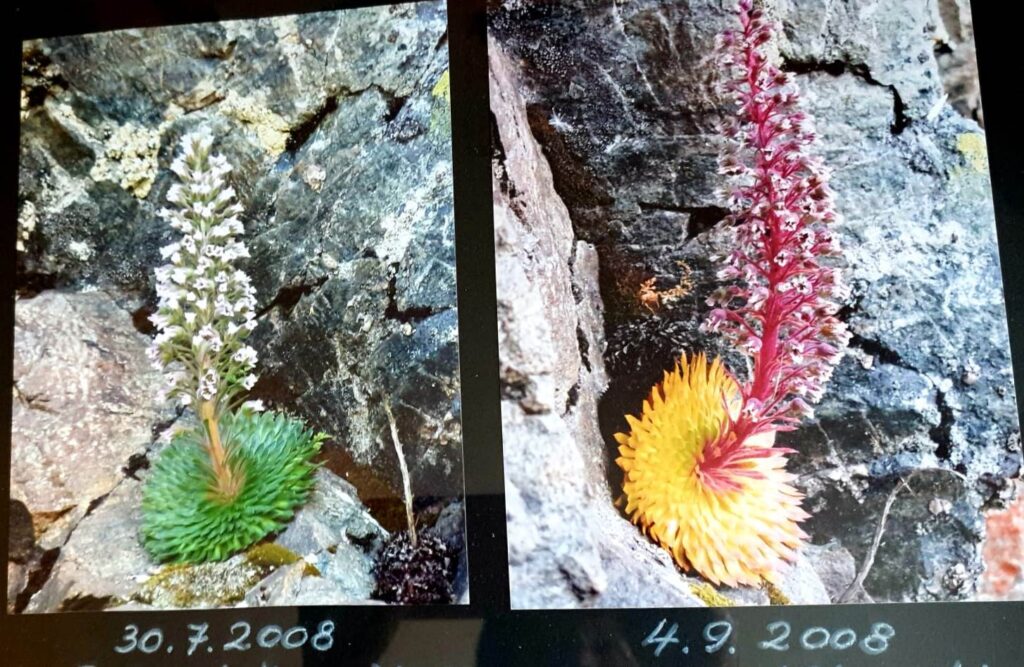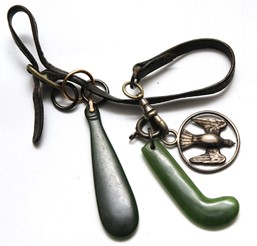Cima Pollini – who was Pollini?
Following a question from Jean-Félix Gandioli of the Muséum d’Histoire Naturelle de Nice about Cima Pollini (photo, right) and Pollini’s relationship with Clarence Bicknell, I researched the subject in MARVELS – The Life of Clarence Bicknell by Valerie Lester 2018 and brought forward all the references to Pollini there. You can download these excerpts (in […]
Cima Pollini – who was Pollini? Read More »




